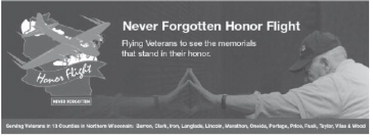As ATV/UTV use becomes more popular, safety is a priority
Operators of all-terrain vehicles (ATV) and utility terrain vehicles (UTV) are reminded to think smart before they start this summer, by following safety best practices. A lack of safety equipment is the leading cause of ATV/UTV incidents.
When enjoying off-road rides and adventures, wearing a helmet and seat belt, monitoring speed, and using caution on hills and uneven terrain, could save a life. So far this year, six people have died in ATV/UTV crashes; most crash victims were not wearing seat belts or helmets.
“These off-highway machines come with big tires,” said Lt. Martin R. Stone, DNR off-highway vehicle administrator. “These cannot turn on a dime and can roll over if that’s attempted.”
The following tips make for a safe ride and time full of fun stories to share:
• Never consume alcohol or drugs before, or during, a ride.
• Wear a seat belt and a DOT-approved helmet.
• In addition to a seat belt and helmet, wear protective clothing, such as eye protection, gloves, long pants and a long-sleeved shirt.
• Keep speed in check for the terrain, visibility conditions and experience level.
• Remember that some terrain in Wisconsin, is too steep for ATV/UTVs.
• Review all ATV/UTV laws before starting out for the season or if a question arises.
One of the best things ATV and UTV operators can do to operate safely, is to take an online safety course. ATV and UTV operators born on, or after, Jan. 1, 1988, who are at least 12 years old for an ATV (and at least 16 years old for UTV), must complete an ATV safety certification course to operate in Wisconsin (exception: on private property owned by operator’s immediate family).
Wisconsin law requires every operator involved in a crash incident to report the incident, without delay, to law enforcement officials. In addition, within 10 days of the incident, the operator must submit a written report to the DNR.


